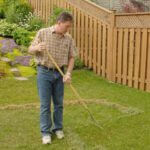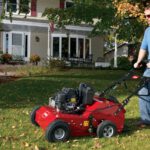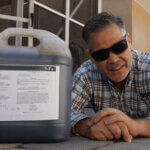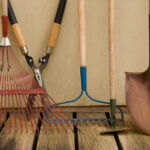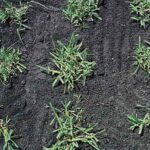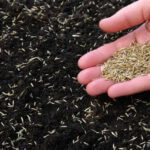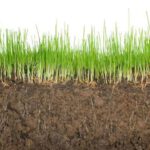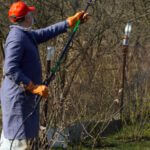How to Remove Thatch from Your Lawn
The first step to lawn restoration is removing thatch buildup. Thatch is stems and roots that haven’t decomposed and have accumulated near the soil surface. Want to know when to remove thatch? Dig up a small, triangular-shaped plug of turf several inches deep. If the spongy layer above the soil is more than ¾- to Read more…

